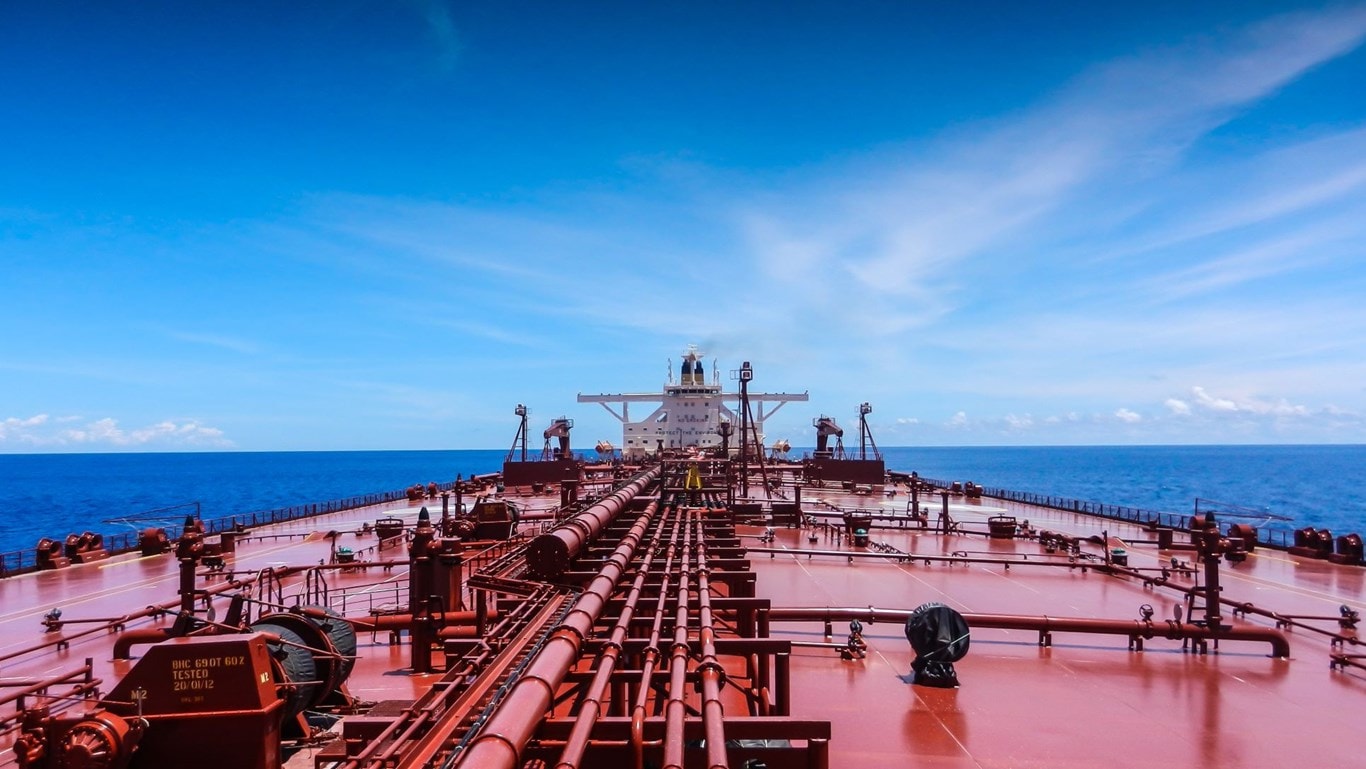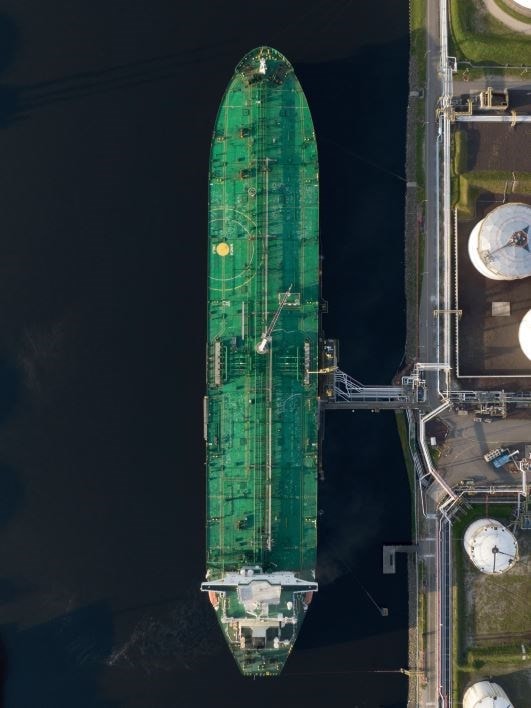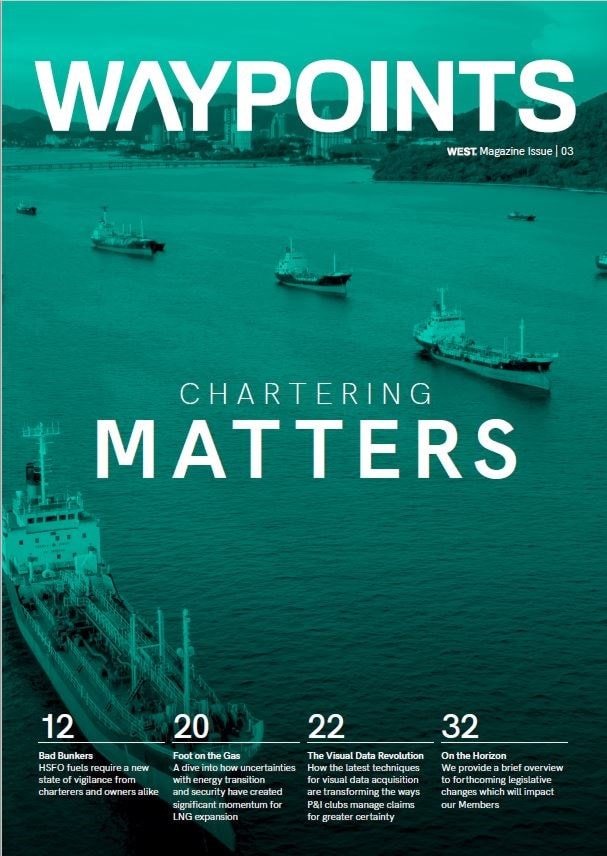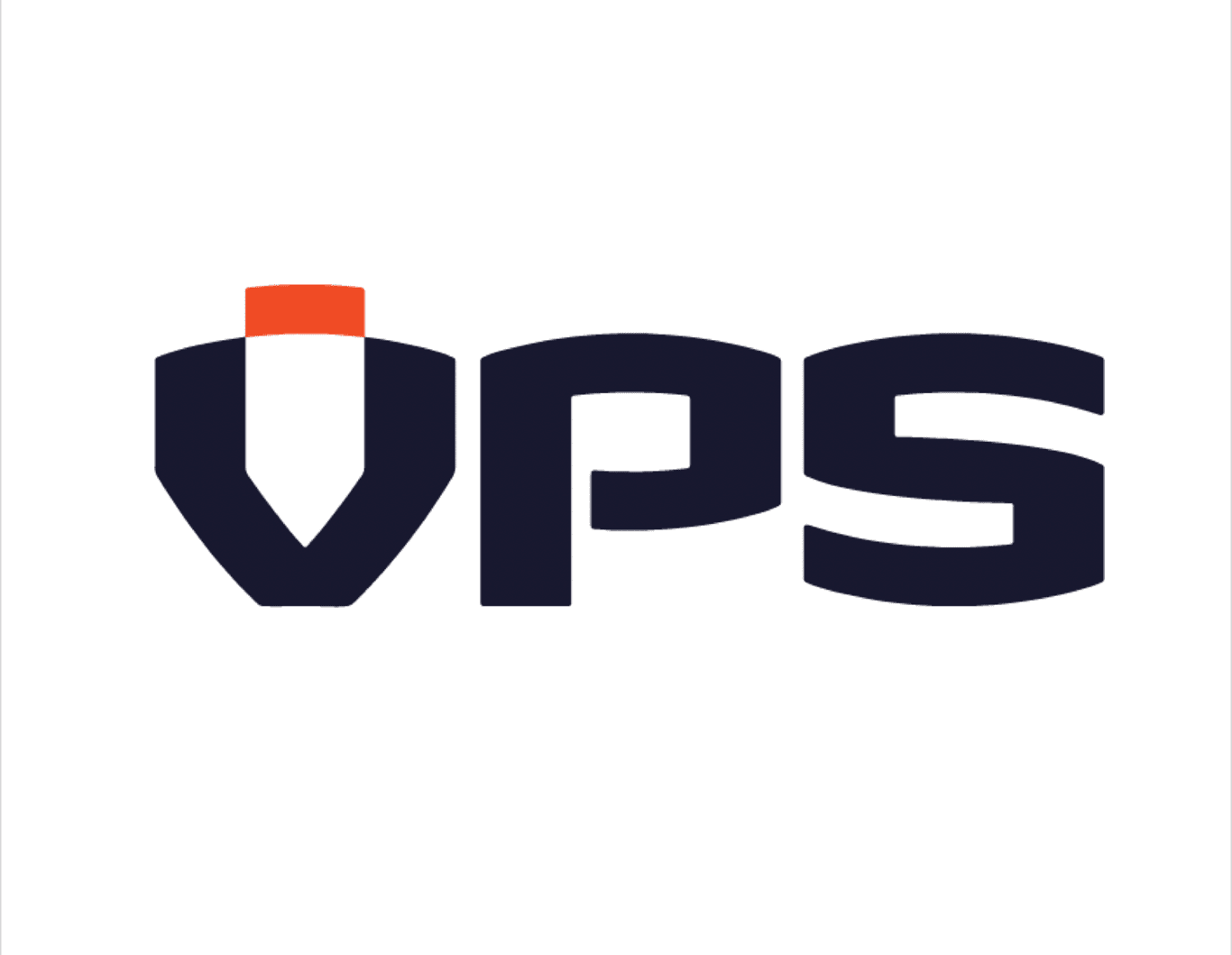Bad Bunkers - Waypoints Issue 03 article
According to Steve Bee, Commercial & Business Development Director at fuel
testing company VPS Group, HSFO fuels require a new state of vigilance from charterers and owners alike.
Steve Bee
(Commercial & Business Development Director, VPS Group)
The so called ‘bad bunkers’ incidents originating out of Singapore and Houston have raised concerns about whether the ISO8217 specification for ships’ fuel still provides adequate protection in the era of HSFO (High Sulphur Fuel Oil).
In the Singapore incident earlier this year, some 200 ships took on the contaminated fuel, with approximately 80 of them later reporting some level of damage to fuel pumps or engines. The problem is that the liability in this is not clear. Singapore’s Maritime and Port Authority (MPA) stated that ‘the contaminated fuel was in compliance with ISO8217.’ Ship fuels though are blended and traded extensively and it’s becoming clear that parts of the blending, mixing, storage and transfer processes could be allowing potentially damaging compounds to show up in HSFO.

The ISO8217 specification does not specifically state safe levels for such compounds. Rather it sets minimum and maximum values for various parameters from density and water content to viscosity. Some in the industry believe that if these values fall within the range, the fuel is ISO8217 compliant. However, there is another catch-all clause within ISO8217 stating that fuel must be ‘free from any material at a concentration that causes the fuel to be unacceptable for use’. But as a somewhat woolly phrase that does not specify values for the specific compounds that could contaminate HSFO, it’s open to interpretation and litigation in the event of a claim.
Glencore, the fuel supplier in the Singapore incident, traced the contamination to a batch of fuel it had received from overseas that contained 15000ppm of chlorinated organic products. It’s believed that such potentially damaging compounds are introduced during the cracking process, and in this case, Glencore only found out after it had sold a proportion of the fuel to PetroChina International which had already supplied it to ships in the Port of Singapore.
It’s therefore easy to see how contamination incidents can happen, how quickly the effects can spread around the world and how tricky it can then be to trace the source and apportion liability.

Simon Hodgkinson, West’s Global Head of Loss Prevention says that it needn’t be such a problem: “GCMS (gas chromatography mass spectrometry) testing of samples taken off the manifold dripper during bunkering has proven potential to flag up issues before the fuel is burnt. The Singapore incidents show that even if conducted for every bunkering of every ship, the low cost of testing promises to save the much higher potential costs of engine repairs and downtime.”
But GCMS testing is not yet widespread and cases seem to be on the rise. So far in 2022, over 8.5% of VPS GSMS-HS screening tests have shown a ‘Caution’ result, indicating a significant presence of chemical contamination. This compares with 7.5% in 2021 and 5.2% in 2020.
A number of years ago, VPS recognised proactive, pre-burn monitoring of chemicals present in marine fuels, would be a highly-valued approach to ship operators, in order to avoid damage to vessels, in addition to post-burn forensic investigations after a vessel had already suffered damage.
Therefore, in order to make GCMS a rapid, yet affordable option for routine chemical contamination detection, VPS introduced it’s chemical screening service, which utilises GCMS-Head Space as its detection technique.
At the pre-burn stage, this is a qualitative test method, which can detect more than 70% of all chemical contaminants which could be found in fuel. This includes the likes of styrene, DCPD, indene, etc, but also the chlorinated hydrocarbons found within the Singapore fuels. This service provides the pre-burn response many within the industry value, as it gives a very early warning of anything untoward within the fuel. This alert also allows the vessel to place the supplier on notice, prior to further laboratory investigations.
The cost of a screening is only tens of dollars, which becomes insignificant in comparison to the cost of a single fuel stem delivery, or the high cost of any damage repair and even the cost of potential reputational damage to a vessel operator.
Should a GCMS-HS screen highlight a ‘caution’ status for a fuel, VPS can then swiftly move to a more forensic extended GCMS-HS analysis, which takes a few days longer and costs into the hundreds of dollars, but gives more detailed information on the contaminant present. However, these investigations are usually post-burn, after a vessel might have suffered damage and when a potential claim situation is likely to be undertaken.

